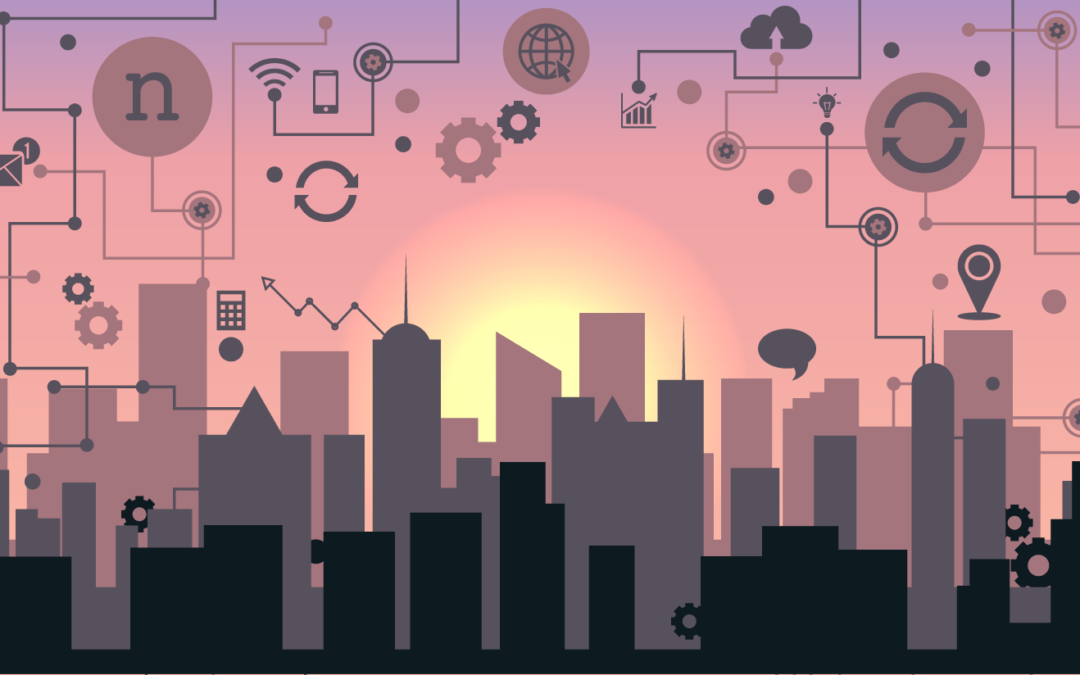A short intro to LoRaWAN (Long Range Wide Area Network), a long-distance IoT technology.
The Internet of Things is waaaaaay more than a refrigerator talking to a smartphone. It’s also much more present around the world than we may realize.
We just need to look a bit further from home. And—to spin a line from the film Event Horizon — where we’re going, we won’t need 4G to see.
We need LoRaWAN.
LoRa—What?
Besides appearing to be an alien word, whose alternating caps make it awkward to type, LoRaWAN is an acronym for “Long Range Wide Area Network”. You can go down the rabbit hole of protocols and packets, gateways and nodes, but I’ll try to get straight to the much sexier front end.
As you know, WiFi connects your phone and computer at home, work or at a café. Walk or drive away and you’re covered by 4G. Keep going farther out in the countryside and your phone is down to E. Go past the breakers and you got nada — unless you’re in space and you’re using something called chirp spread spectrum (CSS).
I know what you’re thinking. It’s 2017 and NASA’s still using chirp spread spectrum?
Anyway, for decades, space communication and the military have been using CSS, which allows for transmitting encoded, interference-resistant data over long distances and can operate with very low power. Feel free to correct my analogy, experts, but I think it’s like a pimped out radio frequency.
LoRaWAN is the first low cost implementation of this technology intended for commercial use. Here’s where things get crazy.
From Sensors to Smart Cities
Forget about WhatsApp, Snapchat or any of your daily communication or media apps. We’re in IoT territory now. However, let’s go beyond the kitchen where your fridge says your milk has gone bad.
Think sensors.
Sensors that tell if a bridge’s concrete is cracking. Sensors that let you know your boat has a leak and is sinking in the marina. Sensors that indicate a field’s soil moisture for a farmer to determine how much water to use. Sensors that measure CO2 levels in the atmosphere for the fight against climate change. Sensors that direct you to an available parking space in a congested city. Sensors connected to street lights that monitor not only brightness, but also weather, noise and even crime.
Lots and lots of sensors. Sensors everywhere.
And all these sensors are wireless, powered by batteries that last for years, and constantly sending data to a central database, whether that’s a city department’s computer network, a small business owner’s iPad or a private citizen’s smartphone.
None of this is science fiction nor predictions of the future. The above examples are happening now.
Once you dig in a bit, it’s amazing to ponder the wide range of issues that can be addressed by the concept of low-powered IoT devices sending frequent data over long distances. With LoRaWAN, it really appears society is limited only by its imagination.
